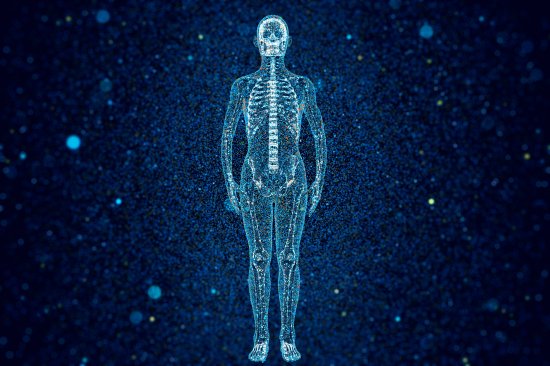
Harnessing AI will be a key component to achieving the goals of the Cancer Moonshot, according to an AI health pioneer.
Many are aware of the Cancer Moonshot—an ambitious and hopeful initiative of the U.S. government to reduce cancer-related death rates by 50% by the year 2047. It will take an army to achieve this goal, composed of the brightest minds and biggest hearts in healthcare, science, and technology. Many parties will be involved—the federal government, healthcare providers, researchers, patients, caregivers, and advocates, among others in both the public and private sectors. One of the most pivotal tools that can help propel us toward this lofty goal is artificial intelligence (AI), which is poised to revolutionize cancer treatment.
[time-brightcove not-tgx=”true”]The moonshot plan identifies five priority areas, all of which AI has the potential to enhance. Two areas in particular lend themselves to AI: the call to “deliver the latest cancer innovations to patients and communities” and the aim of enhancing “the oncology model to place cancer patients at the center of decision-making.”
The history of cancer care has been a continual process of refining treatments through innovative processes and solutions. Consider, for instance, the evolution of prostate cancer treatments. Initially, surgery was the primary treatment for late-stage cases. In the 1940s, hormone therapy emerged as a treatment option. Then, in the 1960s and ‘70s, we saw the development of Gleason scoring for better cancer characterization, and the 1990s brought further refinement in risk classification. Eventually, genetic testing that identifies likely pathogenic variants of the primary tumor became a valuable tool in cancer care in the late 1990s and gained prominence in the 2010s.
A constantly improving technology
While these advancements represented significant strides toward personalizing cancer care, it has been a slow and historically inequitable process, with minority populations not having as much access to advanced diagnosis or care tools. AI has many distinct advantages over prior technologies. It continuously improves when trained on enormous datasets, making it both more accurate than prior methods and enabling it to distinguish subtleties across demographics, age, race, etc. It is fast to deploy, runs instantly, and can be made accessible via cloud computing, which is now available in all populated continents. These advantages make AI a scalable solution that can uniquely optimize patients’ treatment plans across the globe, delivering efficient and personalized cancer care to a substantially larger population than prior technology.
One of the most promising developments is the rise of AI-enabled tests that can simultaneously prognosticate how tumors will progress and predict treatment benefits. These tests use unique deep-learning algorithms that assess digital images from patient biopsies and couple them with the patient’s clinical data. Clinicians can then take this information and build a personalized treatment plan; in some cases, this even means avoiding unnecessary treatments where the side effects outweigh the benefits for the patient.
The Moonshot initiative to “deliver innovation to patients and communities” is intended for all patients, not a select few. The generalizability of AI relies on the amount and variety of data that is used to build it. When AI is trained on datasets that properly represent diverse patient populations, it has the potential to provide greater insights for all, including historically underrepresented populations.
In addition to helping bridge the gap in health disparities, AI can also serve as a conduit for increased communication between patients and clinicians by positioning patients at the center of decision making about their care. How? By providing patients with more information about their illness, and therefore increasing confidence in their treatment plan. This confidence is a cornerstone of effective cancer treatment.
Centering patients
Patients must live with treatment decisions, both physically and mentally. Studies show that one key to treating cancer is for clinicians to create a patient-centered plan that incorporates multifaceted aspects of a person’s life. With AI-enabled tests, the patient and clinician can review the data together to align on whether the therapy selected is worth the adverse effects that could influence the patient’s lifestyle. In contrast, a lack of understanding of the options and benefits of the therapy can leave patients overwhelmed and under-committed to the treatment. This can decrease adherence to treatments and have detrimental effects on survival rates.
AI can significantly advance our progress towards the objectives of the Cancer Moonshot initiative by delivering exceptionally precise and comprehensive information on disease progression and therapeutic benefits at an unprecedented scale. While the objectives outlined by the initiative are extraordinarily ambitious, each day we witness tangible progress—and we have only scratched the surface of AI’s role in cancer care.
Investors in Artera, the AI company where Esteva is CEO, include TIME owners and co-chairs Marc and Lynne Benioff.
TIME Ideas hosts the world's leading voices, providing commentary on events in news, society, and culture. We welcome outside contributions. Opinions expressed do not necessarily reflect the views of TIME editors.